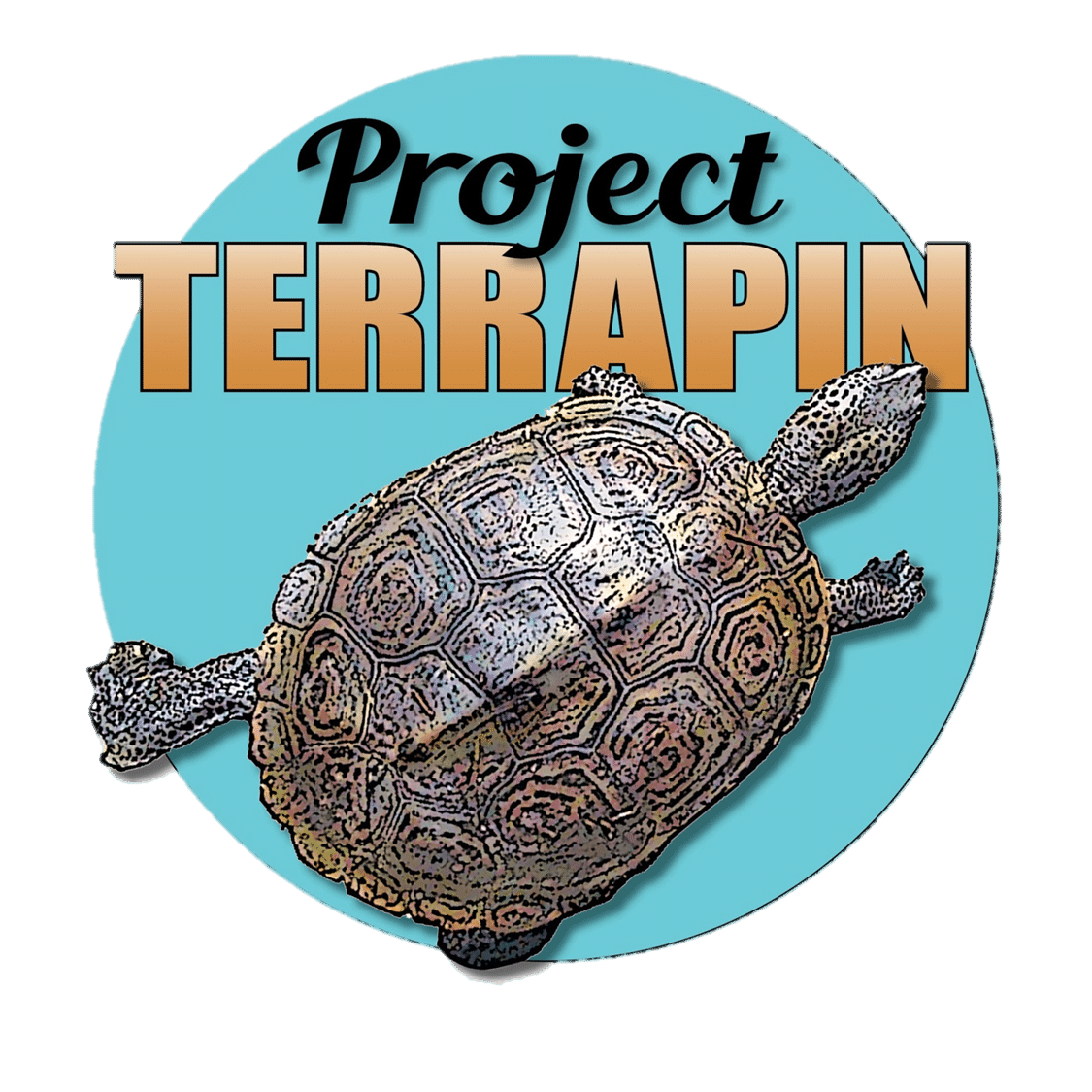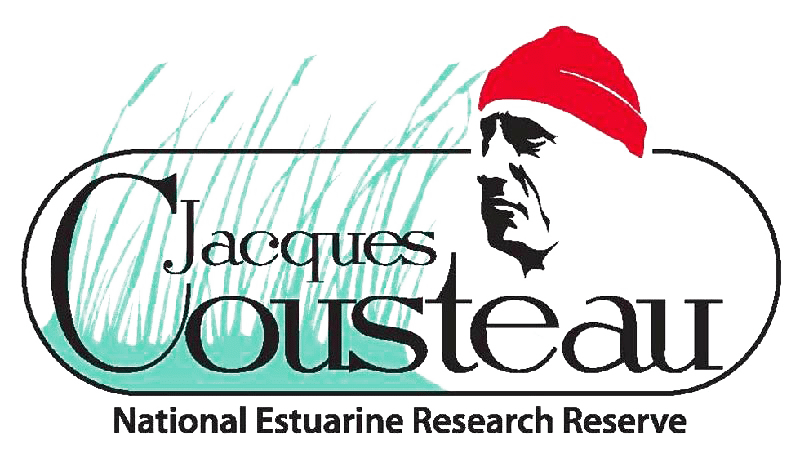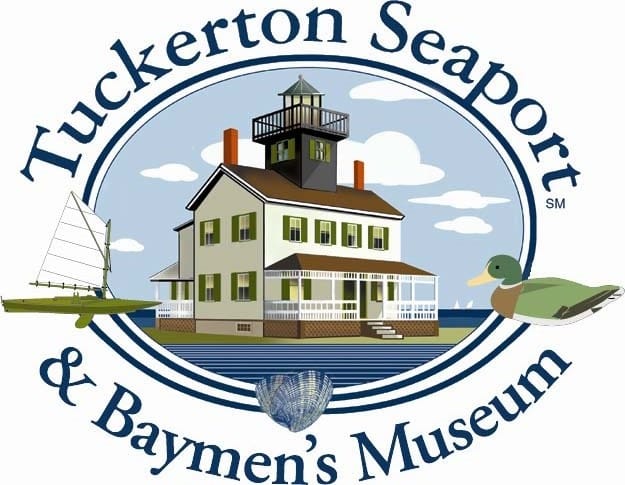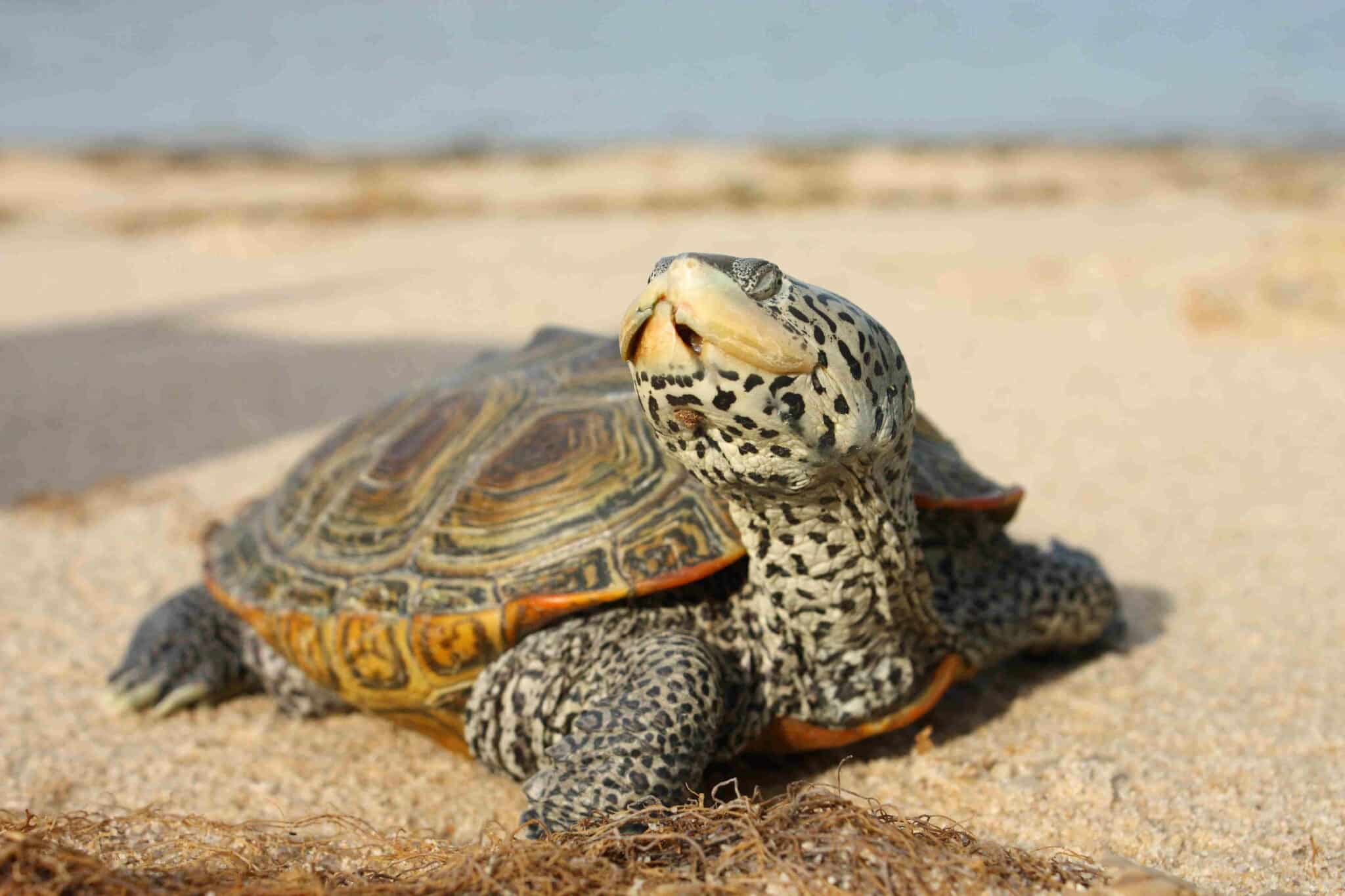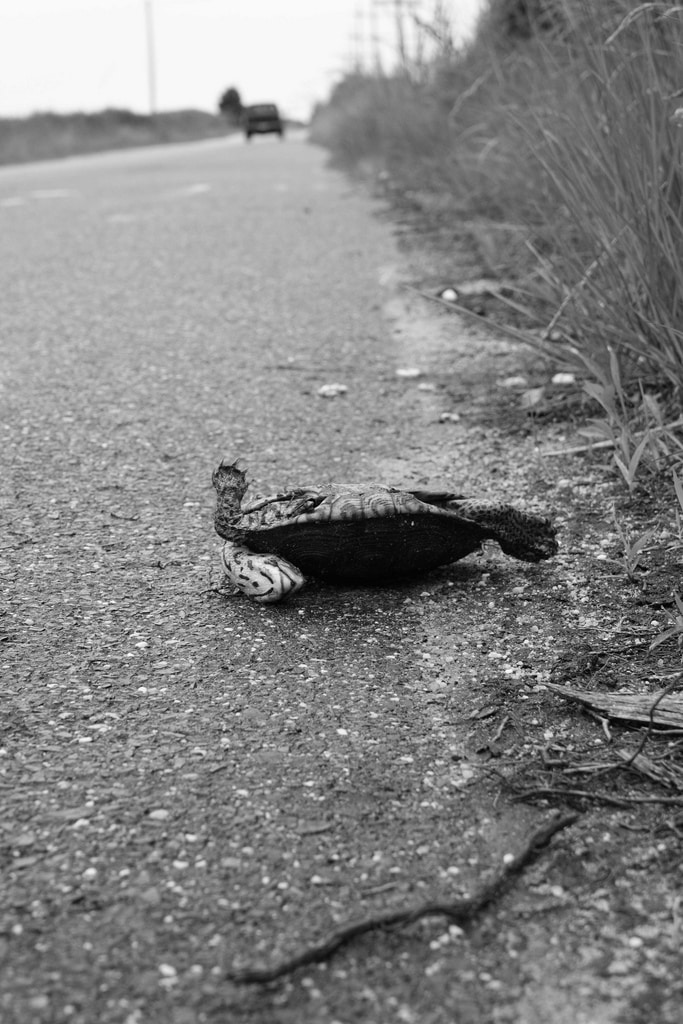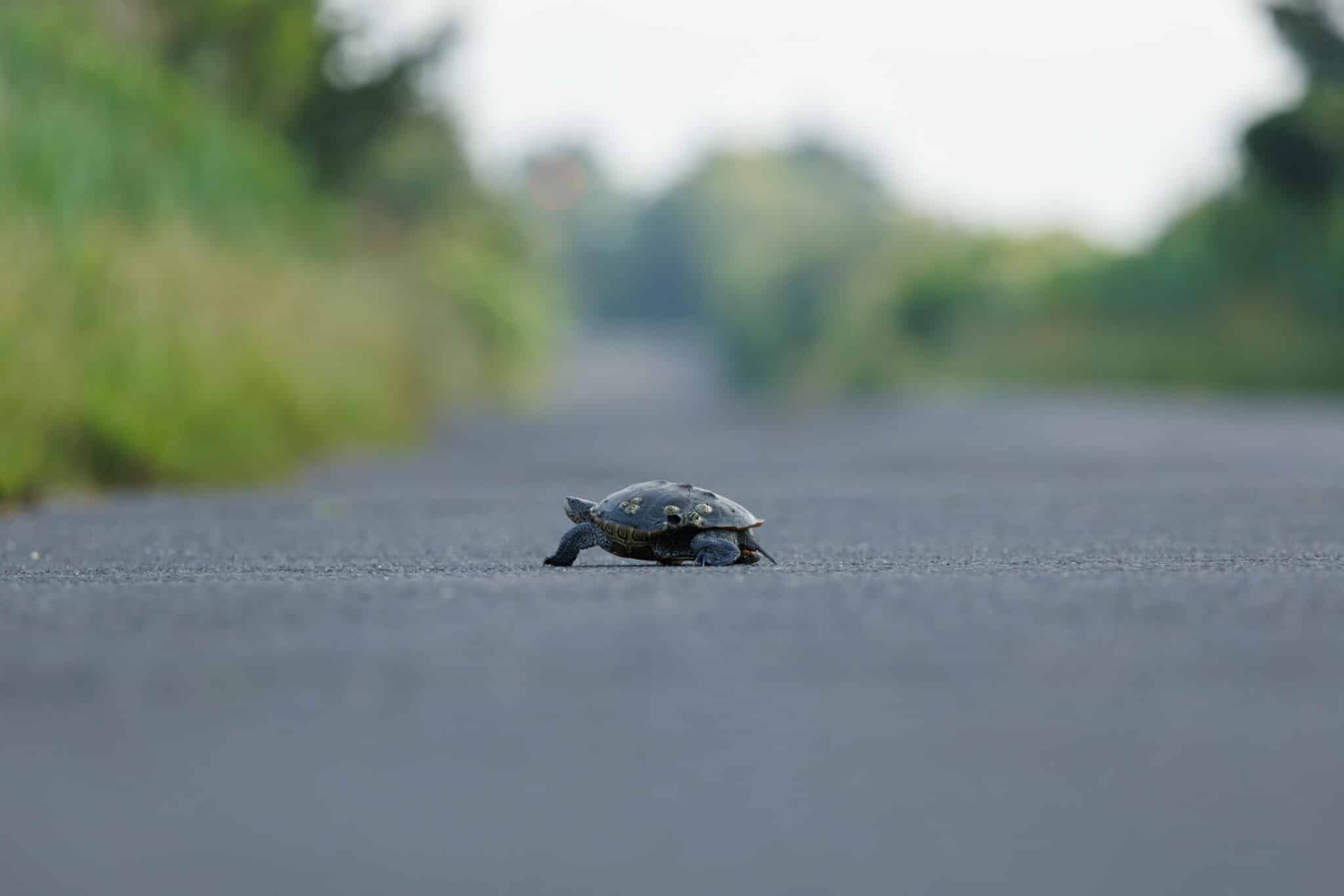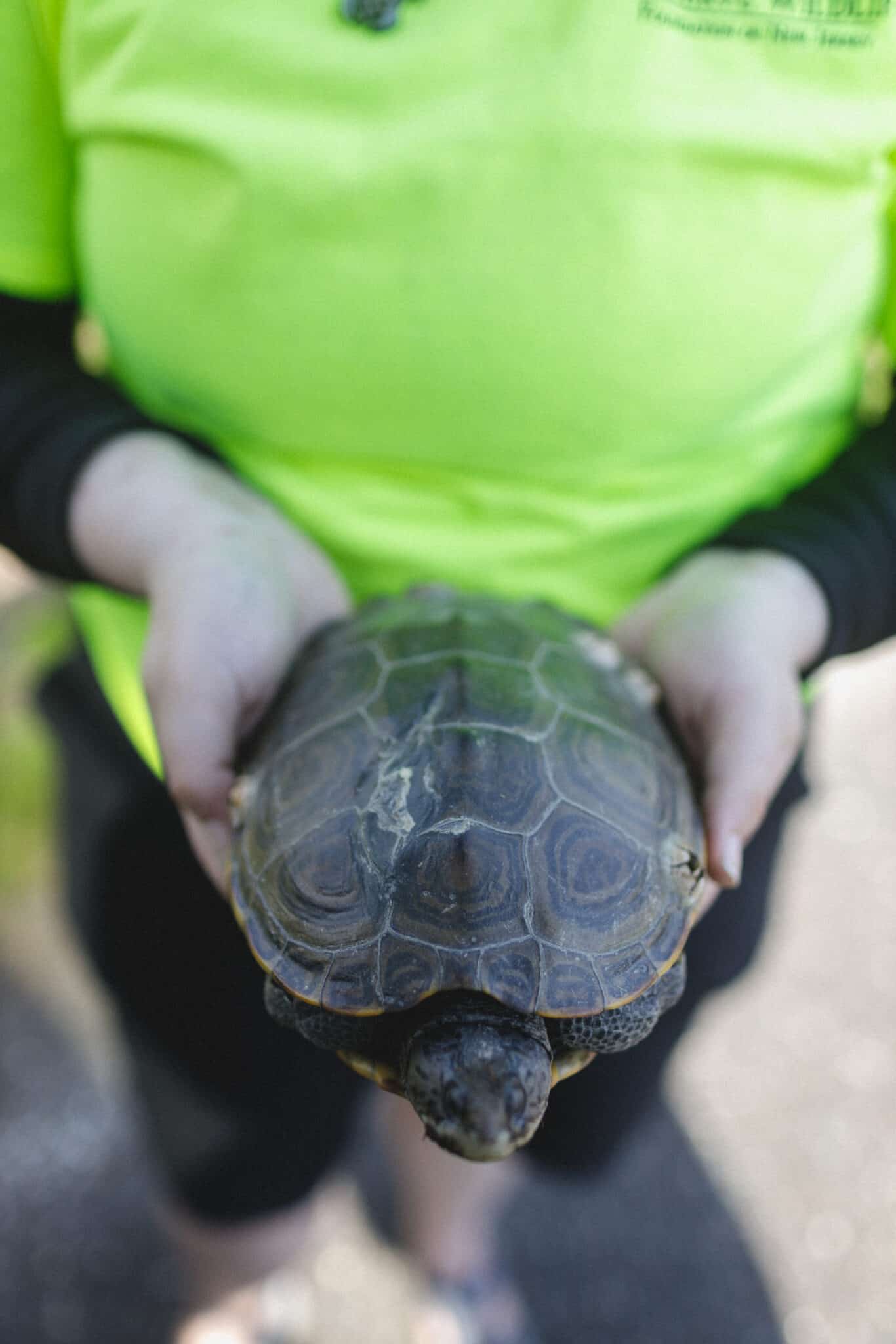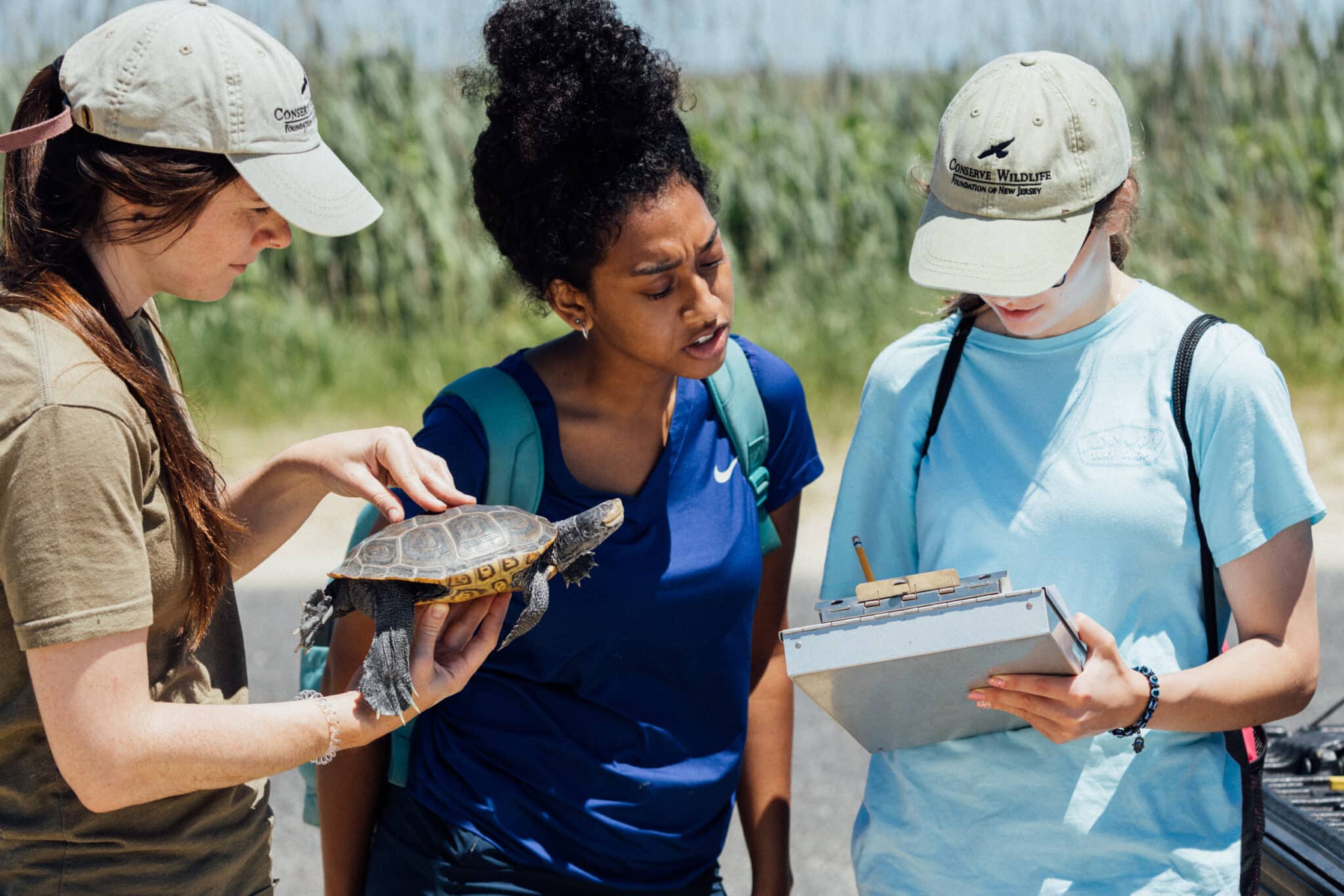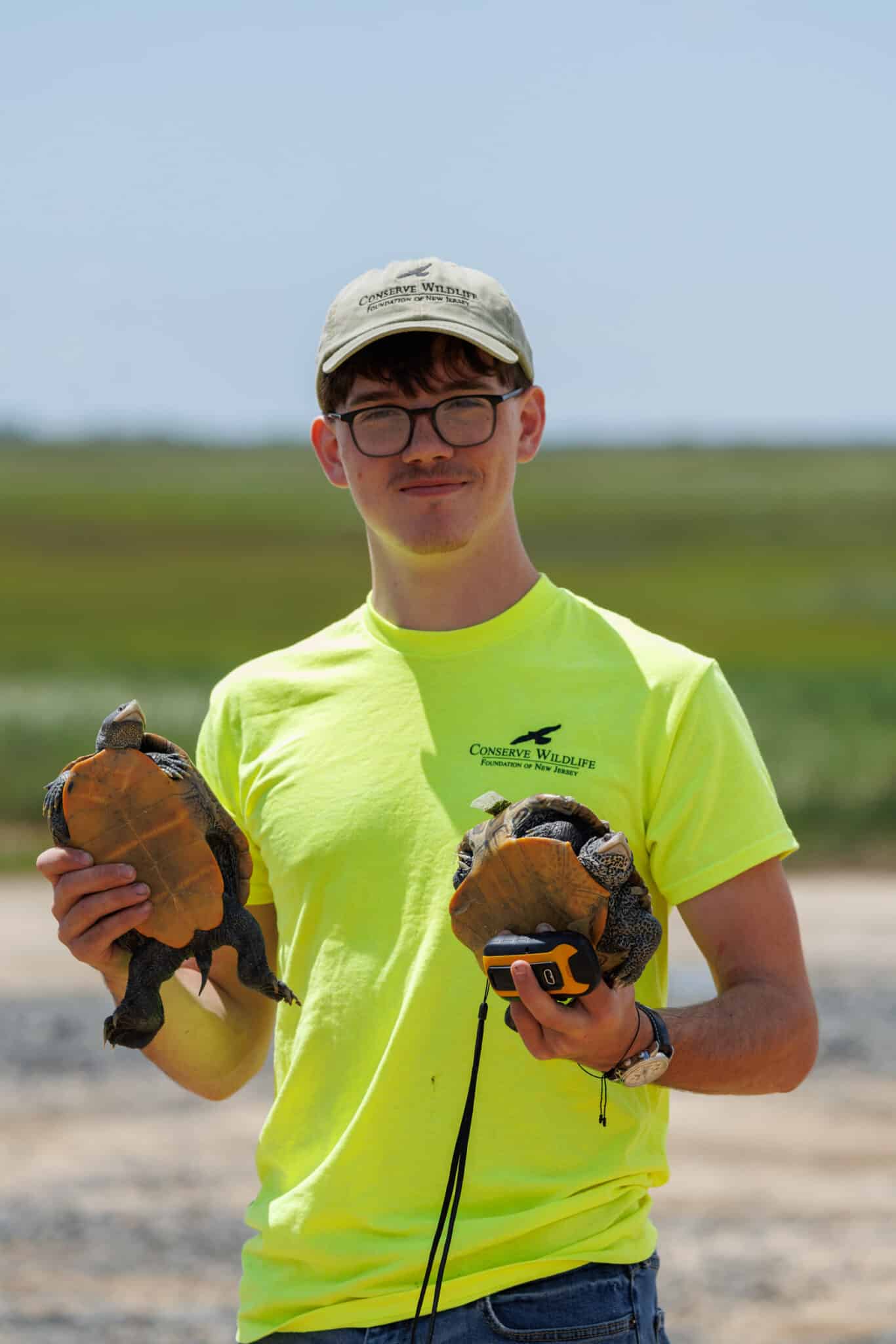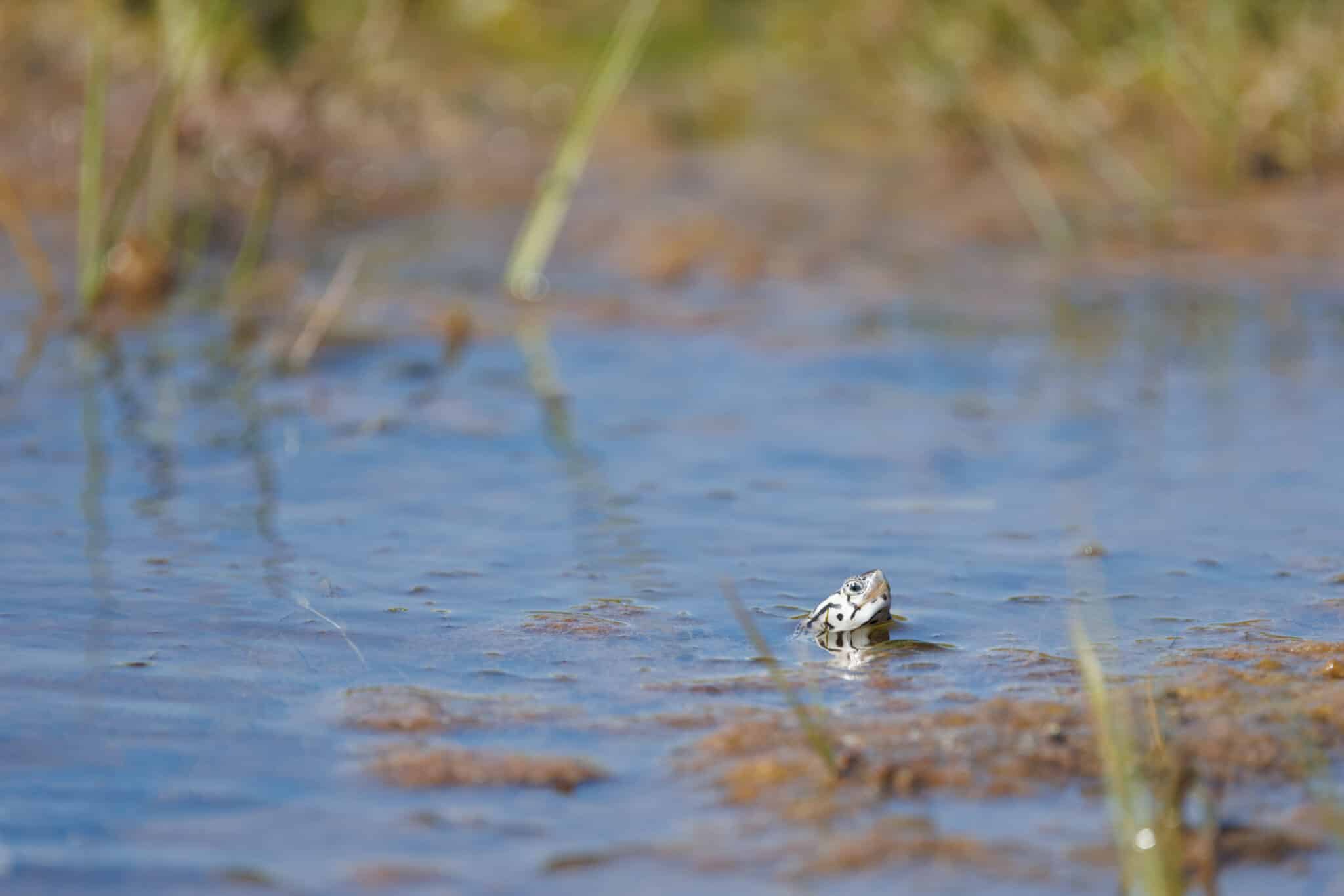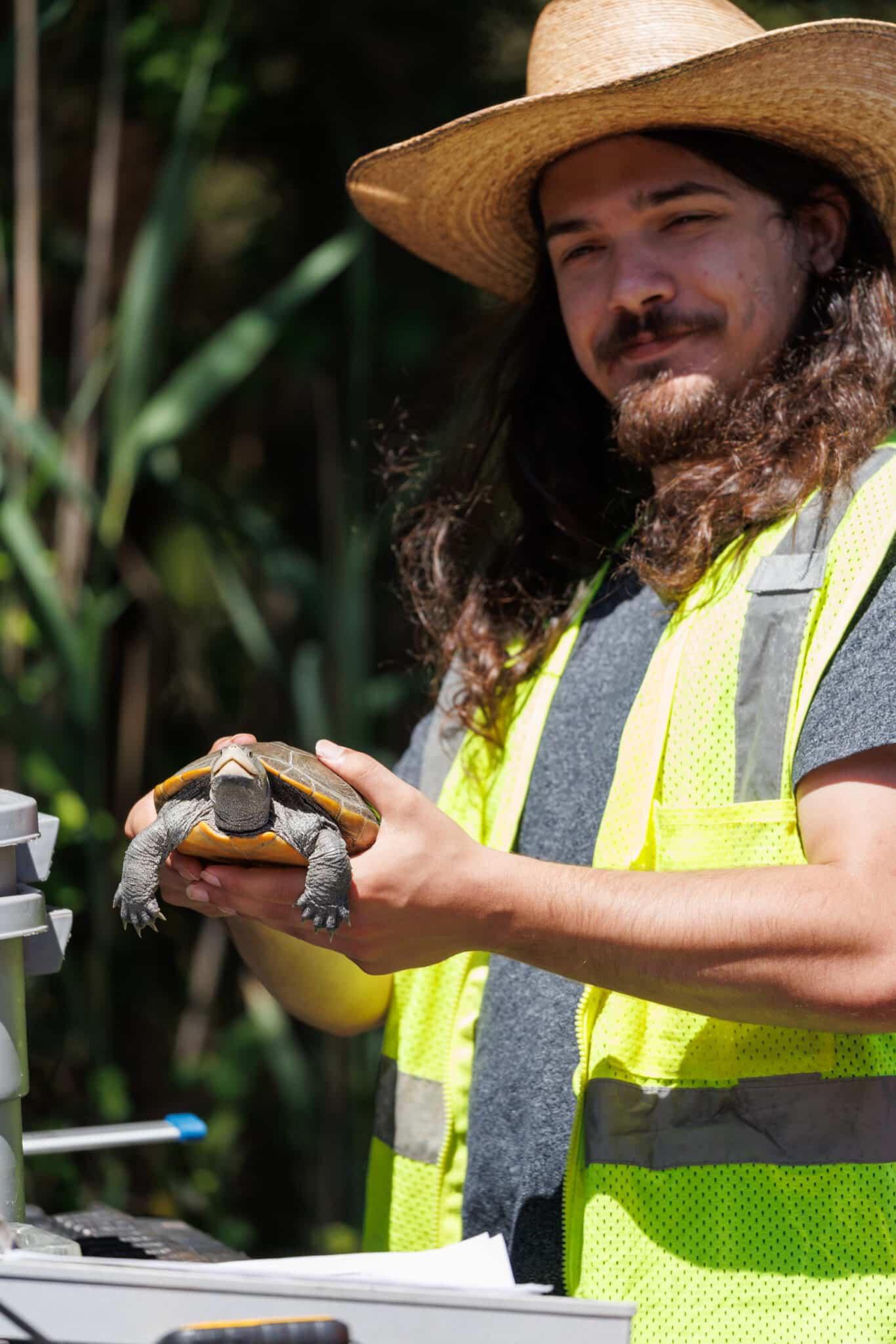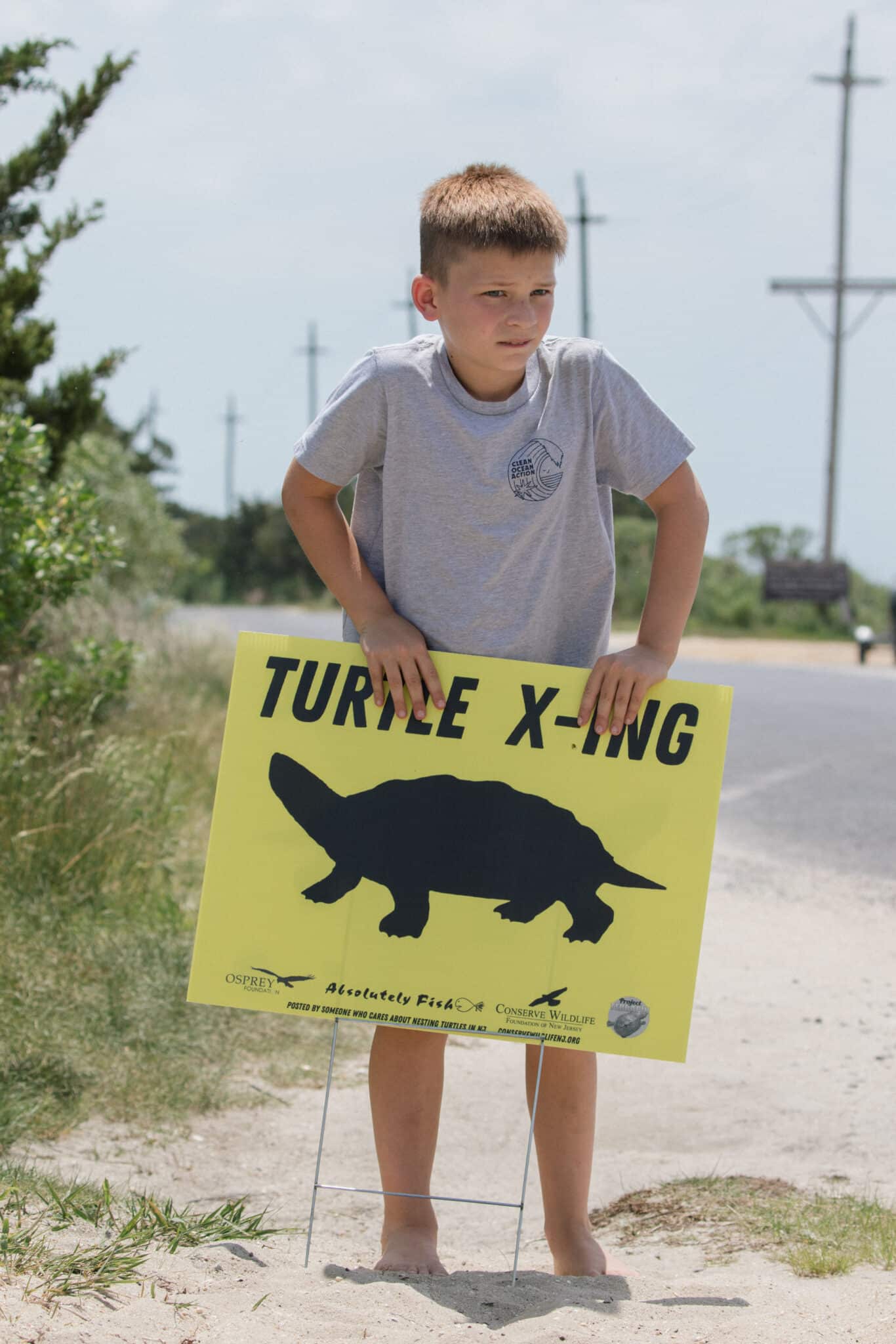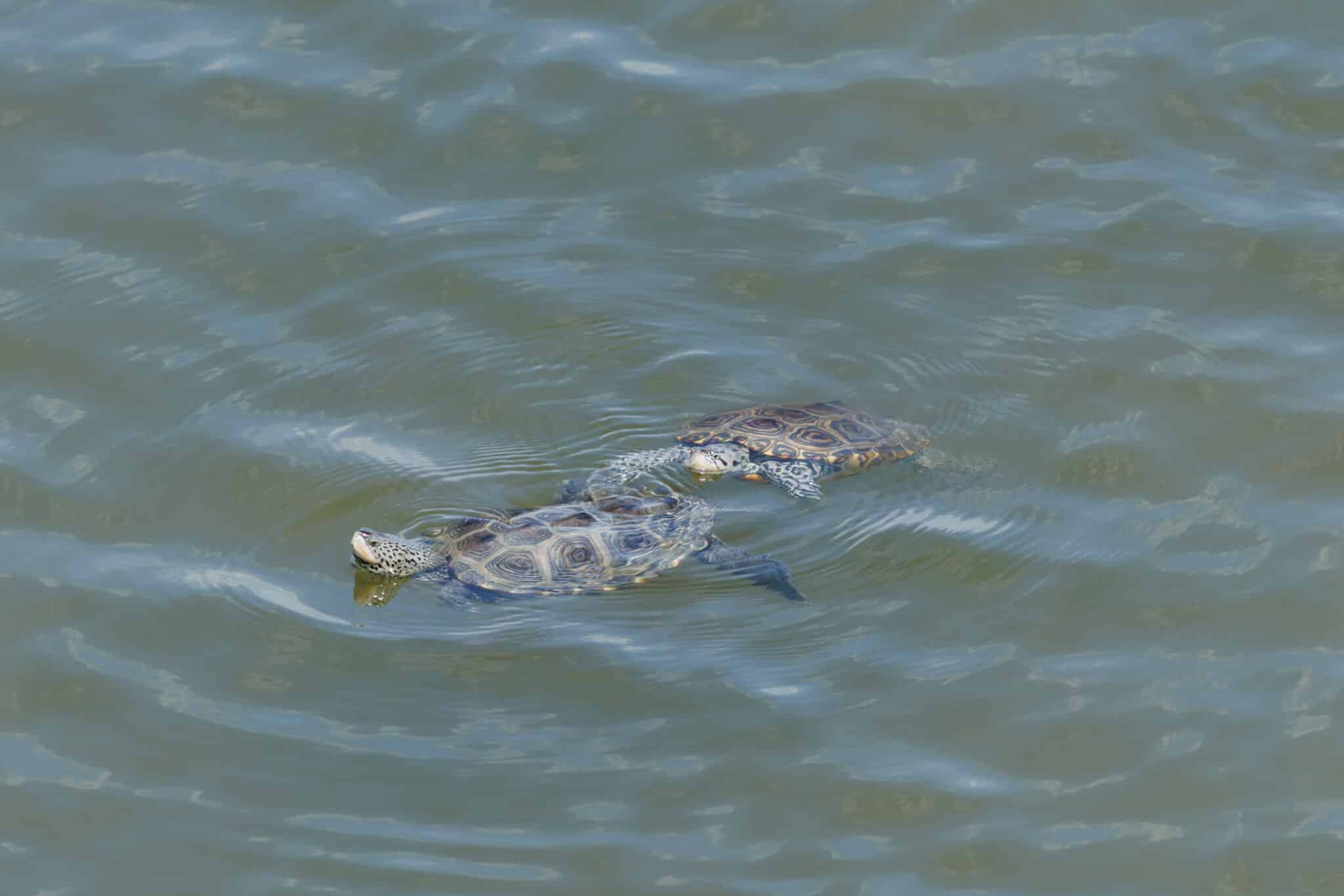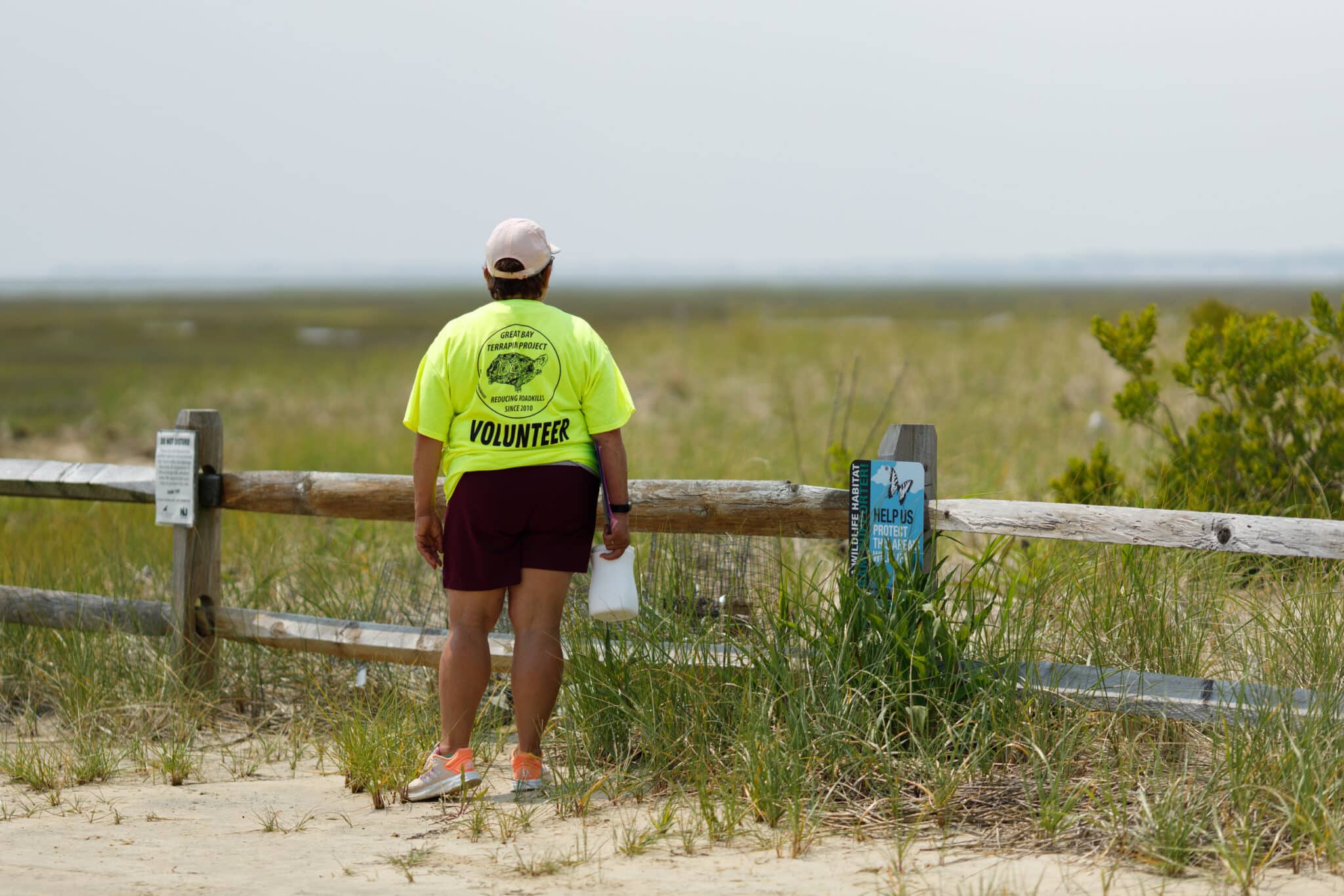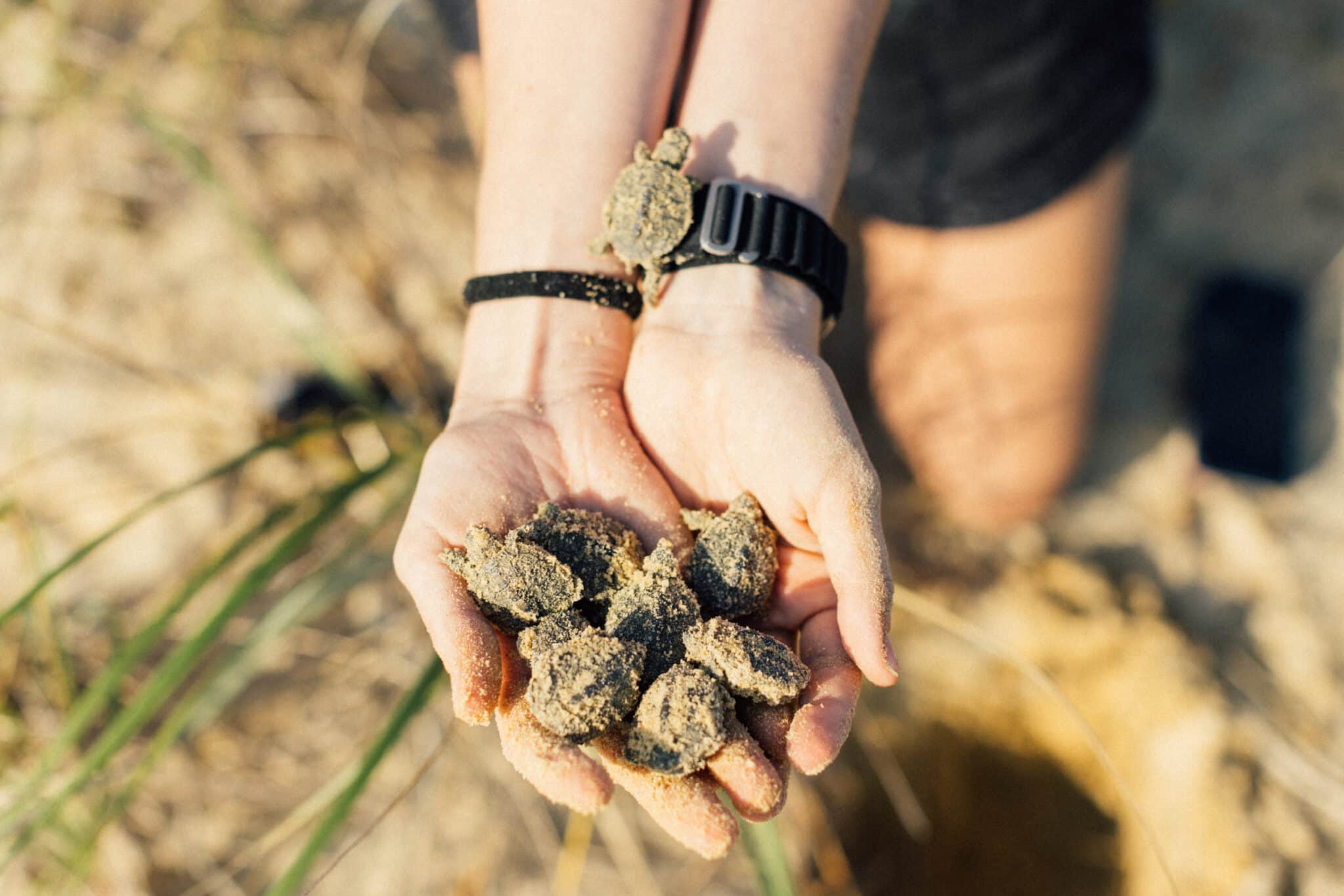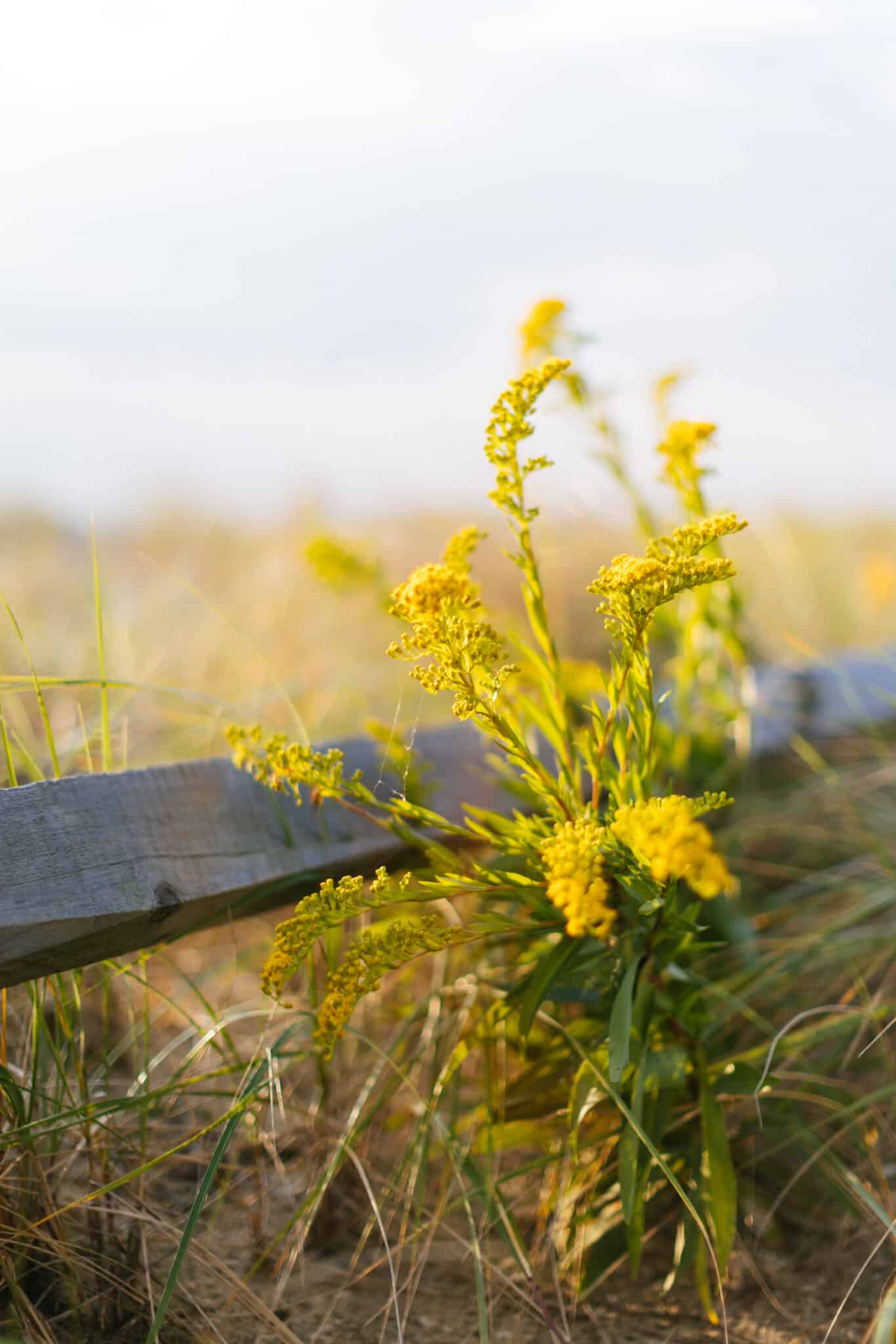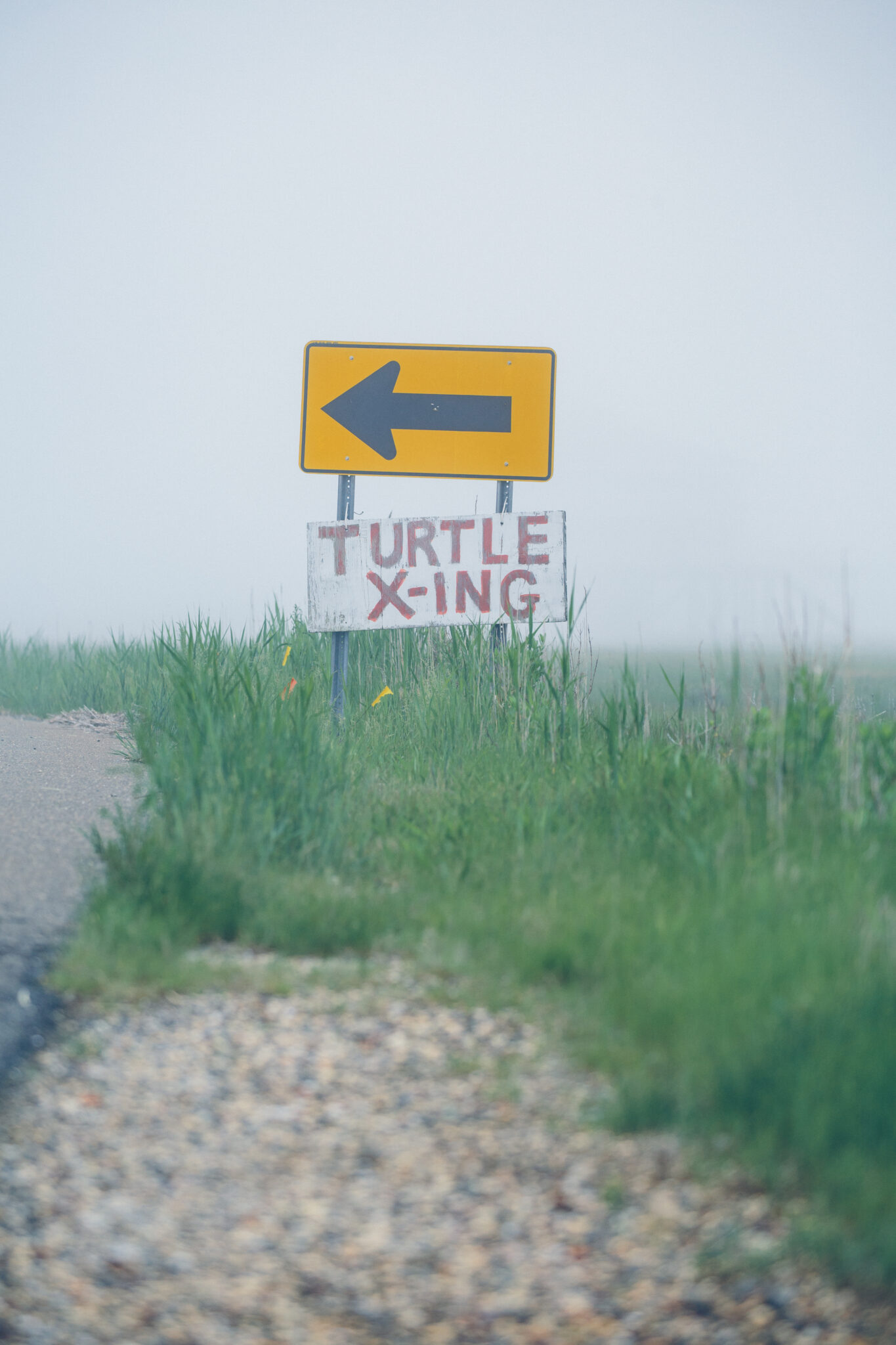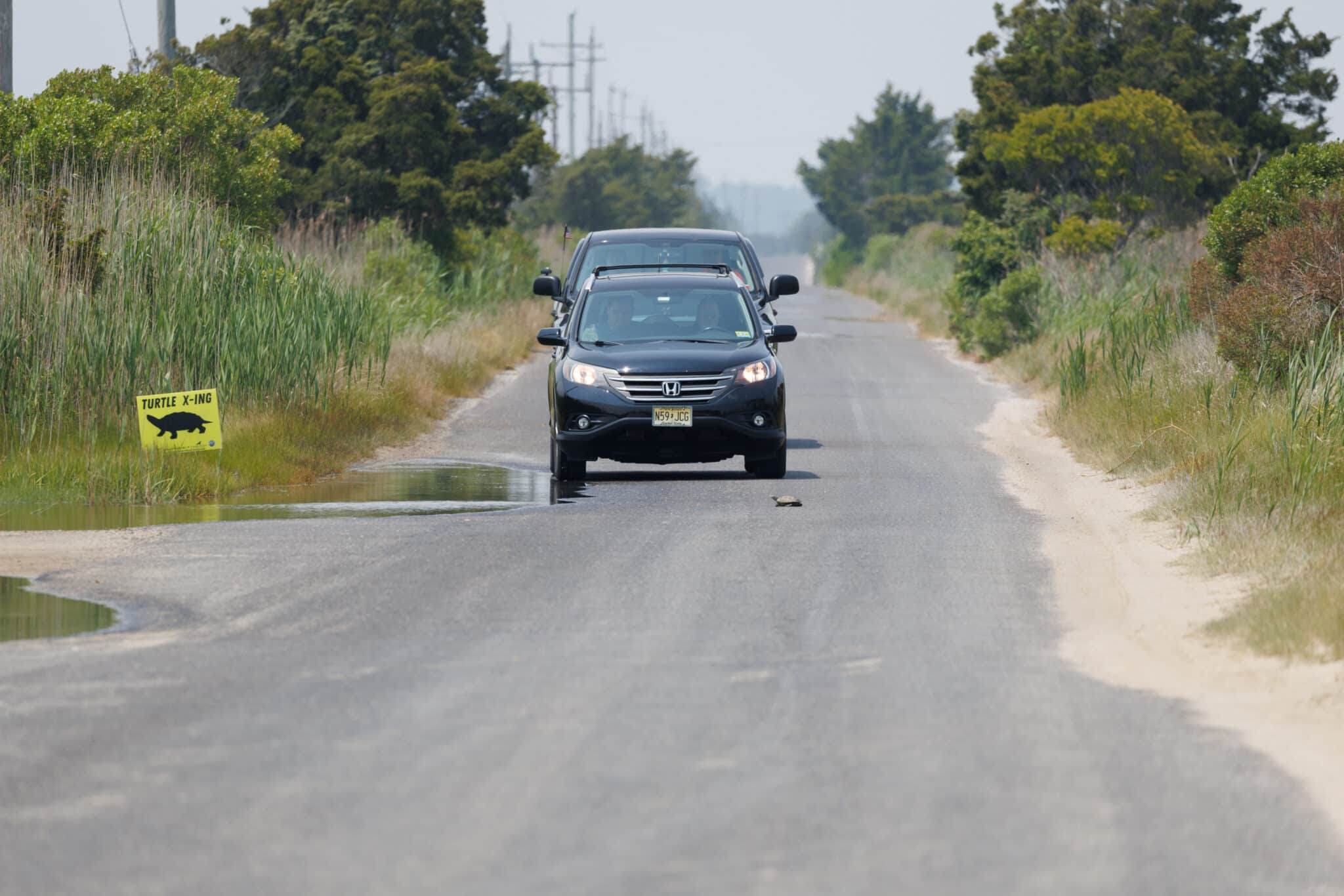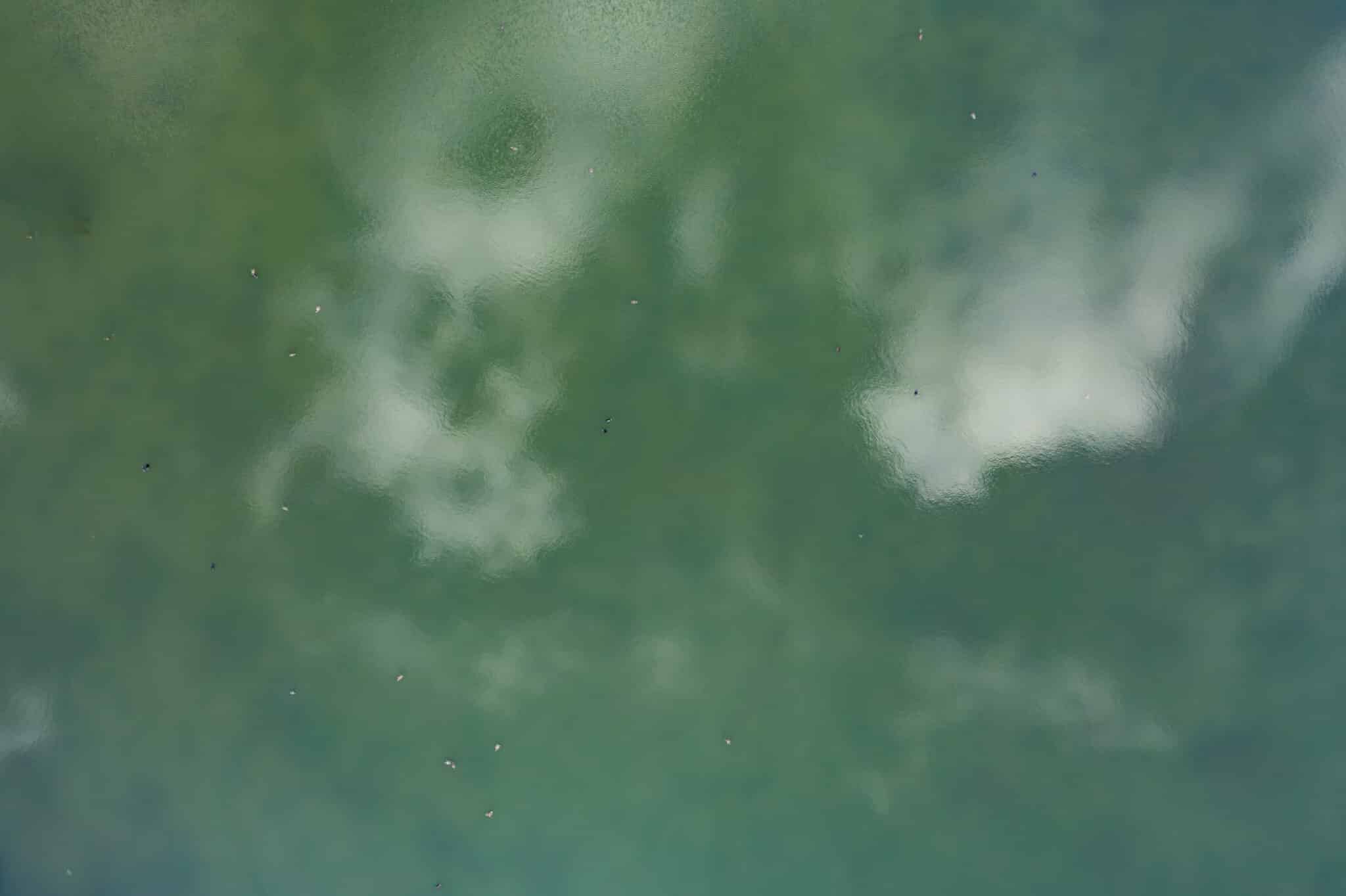Great Bay Terrapin Project
This project was founded with compassion and a goal of reducing roadkills of terrapins in southern coastal New Jersey.
Ben Wurst
Be Terrapin Aware
Why you should care
Terrapins are one of the most unique turtles in the world, that spend their entire lives in brackish water. Adult females leave the protection of their aquatic habitat to seek out sandy areas to lay eggs. Many roads bisect their habitat in the coastal region of New Jersey and when a terrapin enters a roadway, then the results can be devastating.
Conservation Efforts
At the center of our project area is Great Bay Blvd. in Little Egg Harbor Township. It is a five-mile-long road that bisects one of the largest coastal Wildlife Management Areas in New Jersey. During the peak nesting season, there may be more terrapins than vehicles on the road. This is when our volunteers conduct road patrols to ensure the safe crossing of egg laden females.
Documenting the occurrence of terrapins on roads throughout their range can help guide future road projects and/or alert signs for motorists.
On Great Bay Blvd. we have experimented with roadside barriers to prevent terrapins from entering the roadway. What we’ve found is that they can be very effective but require a lot of maintenance and upkeep. One of the first steps, which can bring about a lot of change is the installation of caution or X-ING signs. Before we began this project, there were no signs to bring awareness to terrapins on roads. We have worked with road management agencies to get them installed throughout southern Ocean and Atlantic County.
Before this conservation project was founded in 2010, around 50 terrapins were killed or injured on Great Bay Blvd each year. Today we have worked to cut that number in half, but our work must go on to ensure that terrapins can safely access nesting areas that they need to survive, and thrive. We can’t do this without your help.
Please drive carefully in coastal areas during the summer months and #BeTerrapinAware!
Gardening for Terrapins
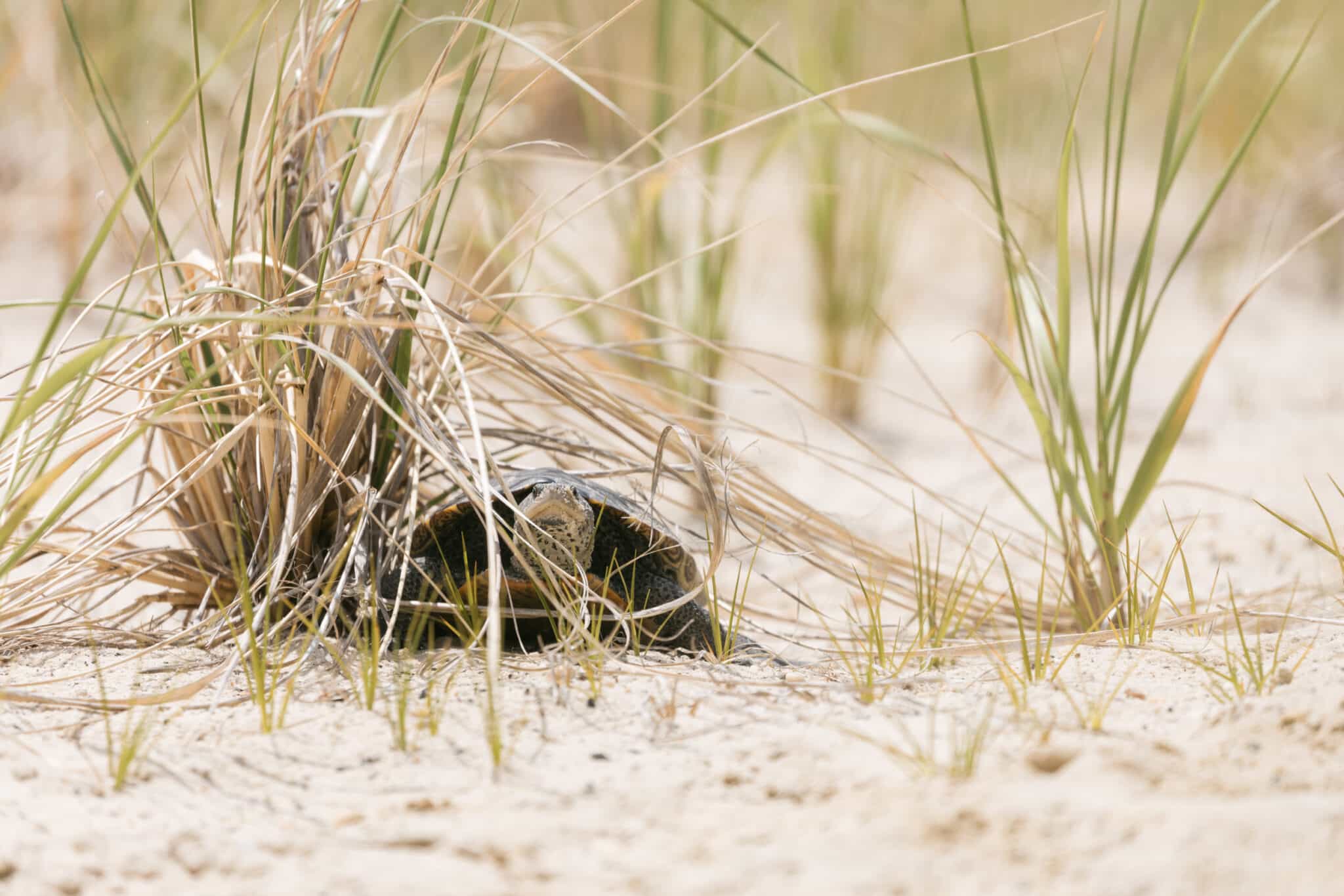
Along the entire coast of New Jersey, many historic and otherwise suitable nesting areas for female terrapins have been lost or degraded due to shoreline hardening, erosion from coastal flooding and sea level rise. To help provide suitable areas for terrapins to nest, upland areas with soft shorelines can be enhanced by placing sand in these areas. Areas that would be suitable for sand deposition include open areas that are adjacent to coastal saltmarshes and roadways, or where terrapins are known to currently nest.
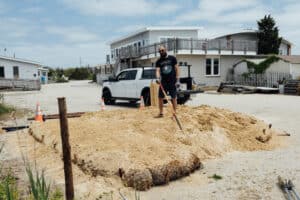 The best areas to enhance are adjacent to estuaries without a hard shoreline and roadway in-between. Having a road nearby (where sand can be delivered) is also crucial. Once delivered, sand is spread by hand using a rake/shovel to create a mound that is not too steep on the sides and around 2-3 feet high above the surrounding habitat. Wind and water will help move sand over time.
The best areas to enhance are adjacent to estuaries without a hard shoreline and roadway in-between. Having a road nearby (where sand can be delivered) is also crucial. Once delivered, sand is spread by hand using a rake/shovel to create a mound that is not too steep on the sides and around 2-3 feet high above the surrounding habitat. Wind and water will help move sand over time.
The enhancement of terrapin nesting habitat is not just as simple as dumping sand in your yard. There are many other important considerations to be sure the efforts are successful. Areas that are enhanced for nesting terrapins must be monitored for nesting to help prevent nests from being predated. Volunteers can be recruited to help monitor these gardens to collect data on nesting females and the number of eggs laid. Then they can install cages over nests to help prevent the eggs from being predated. Alternatively, a large nesting cage can be installed, which allows terrapins to enter and nest but blocks access to large mammals who may predate eggs.
If you’re a landowner/homeowner who lives in any of these watersheds: Barnegat Bay, Great Bay, and Absecon Bay, please contact us to learn more about enhancing your habitat for terrapins.
How you can help
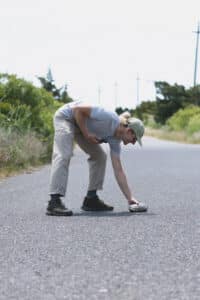
Here are some steps that you can take to help protect terrapins in the coastal zone.
- Slow down when driving on roads that bisect or go near the saltmarsh and on barrier islands.
- If you find one on the road:
- Stay safe. Never put yourself at risk! Make sure that you do not endanger yourself, or others, by walking into traffic.
- When safe to do so, pull your car over. Be careful to not hit any terrapins who are nesting on the road shoulder! Turn on your hazard signals.
- If safe – Enter the roadway and approach the terrapin.
- Hold on! Terrapins have strong legs (and they can bite)!
- Place the live terrapin off the road onto the soft shoulder (dirt or grass) & place them in the same direction they were heading.
- Optional (in Great Bay Region) – Take a photo (with geolocation on) and add it to our project on iNaturalist.
- If you crab, always use BRDs (by catch reduction devices).
- If you boat, slow down in small creeks to avoid hitting a terrapin with your hull, prop or motor.
- Never move a terrapin long distances or “somewhere safe.” They have very small home ranges and moving them will only hurt them.
- Terrapins are non-game and listed as a Species of Special Concern and protected by state law. If you see anyone collecting or taking terrapins from their natural habitat, suspicious activity can be reported to NJDEP’s 24-hour hotline at 877-WARN-DEP.
If you find an injured terrapin, please contact your local animal control agency/humane society for assistance. If you’re near Atlantic County, reach out to John Rokita at Stockton University, who has been caring for injured terrapins for decades: 609-652-4581. Additional guidance can be found here (NJ Association of Wildlife Rehabilitators) and here (NJ Fish & Wildlife list of Licensed Wildlife Rehabilitators).
If you find a dead terrapin. Take a couple photos and move it off the roadway. You can record your observation using iNaturalist and then add it to our project.
Our Partners

